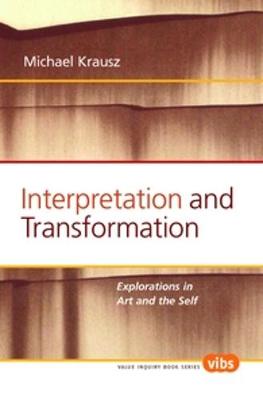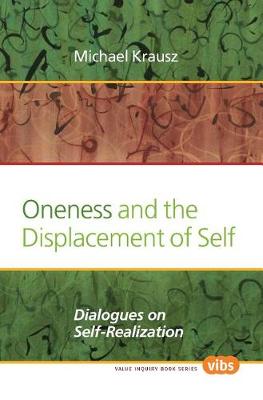Value Inquiry Book Series / Interpretation and Translation
2 primary works
Book 187
In this book, Michael Krausz addresses the concept of interpretation in the visual arts, the emotions, and the self. He examines competing ideals of interpretation, their ontological entanglements, reference frames, and the relation between elucidation and self-transformation.
The series Interpretation and Translation explores philosophical issues of interpretation and its cultural objects. It also addresses commensuration and understanding among languages, conceptual schemes, symbol systems, reference frames, and the like. The series publishes theoretical works drawn from philosophy, rhetoric, linguistics, anthropology, religious studies, art history, and musicology.
The series Interpretation and Translation explores philosophical issues of interpretation and its cultural objects. It also addresses commensuration and understanding among languages, conceptual schemes, symbol systems, reference frames, and the like. The series publishes theoretical works drawn from philosophy, rhetoric, linguistics, anthropology, religious studies, art history, and musicology.
Book 258
This book presents a fictional dialogue among four former college friends about Oneness and self-realization. News of the sudden death of a relative occasions their discussion. One friend, a devotee of the Advaita or non-duality school of Hindu philosophy, seeks to short-circuit the pain and suffering characteristically associated with anxieties about human mortality. According to her, to be is to be the ultimate ineffable undifferentiated Being, the birthless and the deathless--the One. The other friends, whose philosophical attitudes are broadly pragmatist, relativist, and realist, inquire into her views. While the pragmatist looks to the advaitist for guidance about meditative practices, she does not renounce human existence. She welcomes the joys and satisfactions as well as the burdens and pains of human existence. In turn, the relativist is skeptical about theories that aim to reach beyond one's historical, cultural or personal frame of reference. On his view, to be is to be in relationship, especially with other human beings. Finally, the realist seeks objective, frame-independent truth. In addition, he holds that the world is comprised of individual objects and their properties. Accordingly, he finds the idea of Oneness to be incomprehensible.

